By Robert F. Dorr
It sent Japanese warships to the bottom of the ocean. It pulverized fortifications on Japan’s home islands. The Curtiss SB2C Helldiver dive-bomber left a trail of wreckage in its wake, the debris and detritus of a devastated foe. Yet, the Helldiver is remembered today mostly as an unpopular latecomer to the war, a less than stellar performer built by an aircraft company in decline.
A round, blue tube squatting on a tiny tailwheel carrying a pilot and radioman-gunner in tandem behind a 1,900-horsepower Wright R-2600 radial engine, the Helldiver with its 49-foot, 9-inch wing span, was dubbed the “Son of a Bitch Second Class,” the “Beast,” and worse by many a pilot who paid more heed to the rumor mill in the ready room than to the performance gauges on his instrument panel. In fact, the plane was neither as bad as its critics said or as good as its manufacturer hoped.
Design Problems of the Helldiver
The engineer running the Helldiver design team was not plane-maker Curtiss-Wright’s iconic Don R. Berlin, who designed the P-40 Warhawk, but the company’s Raymond C. Blaylock. The Helldiver’s career began with problems. The prototype XSB2C-1 made its maiden flight on December 18, 1940, but the prototype was destroyed just days later. Curtiss rebuilt the aircraft, and it flew again in October 1941 but crashed a second time after a month. After production moved to Columbus, Ohio, from Buffalo, New York, the first production Helldiver flew in June 1942.
From the start, the blue warplane garnered a reputation for poor stability, structural flaws, and poor handling. Britain rejected the Helldiver after receiving 26 examples. Lengthening the fuselage by one foot and redesigning the fin fixed the aerodynamic problems, and the stability and structural issues were exaggerated—yet more than one Helldiver broke in half when making a hard tailhook landing on a wooden carrier deck.
After several variations in armament appeared with early Helldivers, the Navy settled on two forward-firing, 20mm cannons in the wing (introduced on the SB2C-1C model) plus the enlisted crew-member’s swivel-mounted twin .30-caliber machine guns. The radioman-gunner could deploy his firepower only by lowering the rear deck of the fuselage immediately ahead of the vertical stabilizer.
The Helldiver offered an internal bomb bay that could accommodate a 1,000-pound bomb and be closed by hydraulically operated doors. Hardpoints under the wings accommodated additional ordnance.
Perhaps the most important change came with an improved propeller. After a 12-foot Curtiss Electric three-blade prop proved inadequate, a four-blade propeller from the same manufacturer with the same diameter and with root cuffs was introduced with the SB2C-3 model—the point at which nearly all imperfections in the design had been smoothed out. The SB2C-4 followed, introducing “cheese grate” upper and lower wing flaps that were perforated like a sieve; they enhanced stability.
A Weak Combat Debut
Helldivers flew their first combat mission when Squadron Bombing 17, or VB-17, joined a strike force assaulting the redoubt at Rabaul, New Britain, on November 11, 1943, as part of a larger strike force.
In Target Rabaul, Bruce Gamble tells of the first American to lose his life on a Helldiver combat mission. “One SB2C bellied in off the carrier’s bow [of USS Bunker Hill]. A plane guard destroyer dashed in, but only the rear gunner was recovered. Lieutenant (j.g.) Ralph L. Gunville drowned because his pockets were stuffed with extra rations for the plane’s life raft in the event of a ditching.”
Chuck Downey read a newspaper account of the Helldiver’s combat debut in the New Jersey beach resort town of Wildwood where, in late 1943 and early 1944, the Navy was forming squadron VB-80, or Bombing 80. Some of the pilots in the new squadron (officially formed February 1, 1944) picked up SB2C-1C Helldivers at the Curtiss-Wright factory in Columbus and delivered them to Wildwood. “We knew this aircraft was meant as a replacement for the SBD Dauntless, which won glory at Midway,” Downey said. “Some of the men thought the Dauntless performed better over all, even though the Helldiver was bigger and more powerful.”
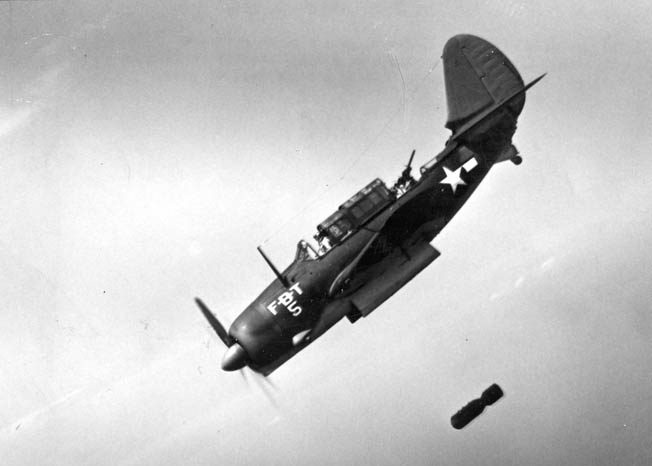
George Walsh, another Helldiver pilot in VB-80, initially questioned replacing a proven warplane with a new one. “Early production models of the Helldiver had a lot of defects,” said Walsh. “It was rushed into production at a new factory in Columbus while engineering specifications were constantly being revised.”
Continued Walsh, “The plane weighed eight tons and was a jungle of wires and hydraulic tubes. The latter operated the flaps, folding wings and landing gear. It proved difficult to land on a carrier because of the long nose. This created so many accidents that Admiral ‘Jocko’ Clark rejected the first Helldivers for his squadron on the [carrier] Yorktown and had the SBDs brought back. The ‘Helldiver’ designation was soon replaced. Pilots began referring to the plane as ‘The Beast’ and that pejorative stayed with the plane even after later models proved to be sturdy and reliable.”
When radioman-gunner Jim Samar learned that he would be occupying the back seat of a Helldiver rather than a Dauntless, his initial reaction was disappointment. “Worse than that. I was crestfallen,” Samar said. He, too, was a plank-owner of VB-80, which left Wildwood to go aboard the carrier USS Ticonderoga, made the Panama Canal transit, and stopped briefly in San Diego, where actress Maureen O’Hara, married to a VB-80 officer’s brother, visited the ship. By early summer 1944, VB-80 and Ticonderoga were rehearsing war off the coast of Hawaii and ready to fight.
“Bombed Shipping in Manila Bay”
Ticonderoga joined the Allied invasion of the Philippines. For Helldiver radioman-gunner Samar, the squadron’s first combat mission on November 5, 1944, proved to be the most dramatic. The target was Japanese-held Clark Field near Manila. It was the only time Samar fired at a Japanese warplane—something gunners did rarely in the final year of the war. (You can read more about the events in the South Pacific inside WWII History magazine.)
A Nakajima Ki-44 Hayabusa fighter, known to the Allies as an Oscar, ambushed the SB2C carrying pilot Lieutenant (j.g.) James W. Newquist and Samar. “I gave him a burst and he left,” Samar said. “I saw my tracers go into his engine. I saw smoke erupt from his engine.” The Oscar fell from view. No one saw whether it went down. Samar did not receive credit for an aerial victory but believes he shot the Oscar down.
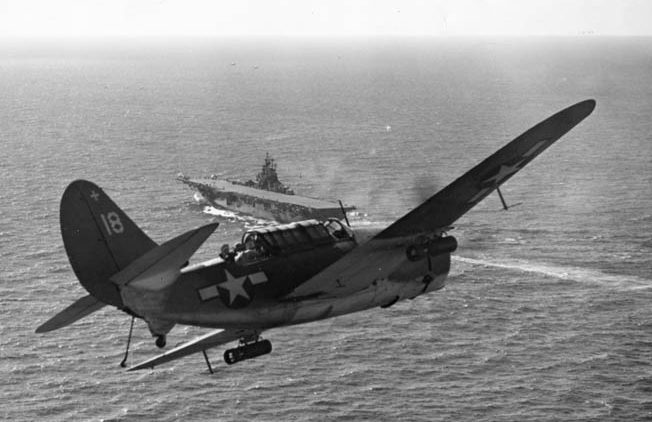
Between November 5, 1944, and January 21, 1945, VB-80 launched 26 missions, 11 of which Samar flew, against Japanese targets on Luzon, Formosa (Taiwan), and French Indochina. Samar still has a logbook with cryptic entries such as “bombed shipping in Manila Bay.”
Pilot Chuck Downey remembers this as the period when the front-seater in the SB2C Helldiver mastered the fine art of dive-bombing. “You pulled the handle to open the bomb bay doors,” Downey said. “You watched the Japanese ship slide under the left center section leading edge of your wing. You slowed to dive-brake deployment speed of 125 knots. You performed a split-S to the left [a half-roll, inverted, going into a descending half loop], using rudder and aileron to put into a vertical dive with a maximum speed of 350 knots.”
All of this, of course, was simply the mechanics for dive-bombing. The purpose was to end up near vertical in position to drop bombs into the stack of a Japanese warship. The maneuvers were significantly more uncomfortable for rearward facing radioman-gunners like Samar and were often undertaken while antiaircraft shells were exploding nearby.
Sinking Kiso
On November 13, 1944, pilots of VB-80 attacked the 5,100-ton Kuma-class light cruiser Kiso in Manila Bay.
Said Walsh, “We launched before dawn and each plane rose to slide into squadron formation by the light of a rose colored rising sun, which became visible over the horizon as we gained altitude. We throttled back to a slow climbing speed to conserve fuel and gain altitude. Flying west toward Manila we had to reach 14,000 feet flying over the snow capped mountains of eastern Luzon. Our flight included 24 SB2Cs, two divisions of 12 each. The divisions included sections of three planes in ‘V’ formation, and I led the last section of three planes. We were loaded with 1,000-pound bombs.”
Kiso was the flagship of the Japanese 5th Fleet, Vice Admiral Kiyohide Shima commanding. Dozens of carrier planes from several squadrons had some role in the attack, but Helldiver pilots Downey, Walsh, and Lieutenant (j.g.) Leslie B. Case were the ones who made direct hits with 1,000-pound bombs.
Said Walsh, “At 300 knots the thirty seconds of the two mile dive passed in what seemed to be slow motion speed as black puffs of exploding antiaircraft shells floated by, punctuated by red tracers from machine guns. The dive brakes hold the speed of the plane from approaching high velocity as it would in a free fall or power dive. The pilot is pressed forward against his shoulder straps because the aircraft is held back as if suspended from a rope. There is time to adjust the aiming point by using the elevators and ailerons as the ship grows bigger and bigger in the windscreen. That day there was no wind factor to be compensated.”
“A cruiser is a narrow target,” Walsh continued. “I stayed in my dive until I was confident of scoring a hit, and released the bomb. At that speed another two seconds would have made me a suicide pilot. I pulled out hard; probably 13 Gs, low over the water, and taking evasive action while I retracted the dive brakes, adjusted the throttle, blower and pitch, closed the bomb bay, and raced south toward the rendezvous. Gordon [Virgil Gordon, Walsh’s radioman-gunner] reported a direct hit but I did not look back. I often wonder why. I guess my instinct was to get the hell out of there, and back to the protection of the group. We were also so low over the water all my attention was occupied in flying the plane, looking where I was headed and watching out for other possible planes in the area, including Japanese fighters.”
Downey’s bomb went straight down the No. 1 stack to the boiler room, detonated, and separated the stack from Kiso’s main hull in a messy clatter of debris. It is unclear whether Shima was aboard, but he survived the war. Some 715 Japanese sailors did not survive the attack that sent the Kiso to the bottom in just 13 feet of water.
Poor Workmanship Until the End of the War
Squadron VB-80 continued bombing in the Philippines and on Formosa until January 21, 1945, when Ticonderoga was put out of action by kamikaze attacks. No one in the Helldiver squadron was among the 144 men killed when two Japanese suicide planes slammed into the carrier, but several were severely burned. Instead of going home with their wounded carrier, VB-80’s Helldiver men transferred to the carrier USS Hancock.
From 1943 to 1945, some 30 Navy bombing squadrons put to sea with Helldivers. Many of the squadrons made only one combat cruise. VB-80 was typical except that it changed ships midway through the final year of the war.
By early 1945, most Helldivers in the Western Pacific were SB2C-4 models. This was the mature Helldiver lacking the poor factory workmanship and many of the minor flaws that plagued earlier versions.
Aboard Hancock, VB-80 began flying missions against the Japanese home islands on February 21, 1945. Now, in addition to a 1,000-pound bomb in its bay and a 500-pound bomb under each wing, many SB2C-4 Helldivers flying against targets in Japan were retrofitted to carry eight 5-inch high-velocity aircraft rockets under their wings. These were rocket-propelled unguided projectiles with explosive warheads. When attacking airfields and industrial sites in Japan, instead of going into their vertical dive-bombing mode, Helldiver crews strafed and fired rockets.
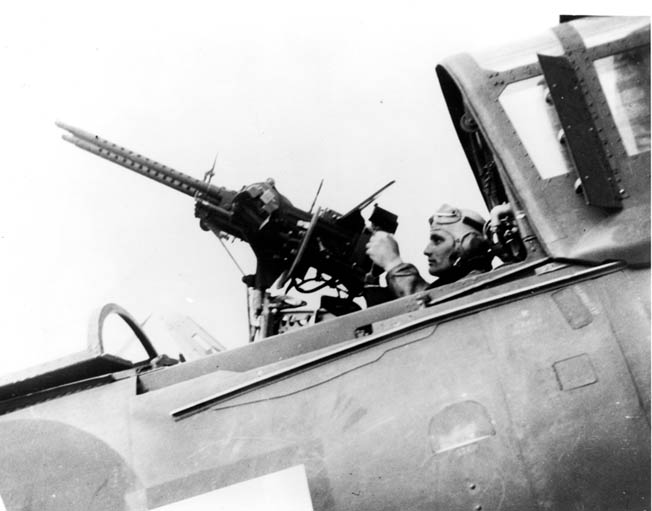
Thanks largely to the superb training of U.S. flyers, the Helldiver racked up a solid record of achievement in the final months of the war. None of this was attributable to Curtiss-Wright, a plane-maker that was in constant trouble with the government. Unlike Grumman and Vought, which were responsible for most of the warplanes on the decks of the Navy’s 102 aircraft carriers on VJ-Day, Curtiss seemed unable to improve aircraft assembly methods or to innovate.
18,808 Sorties
Long after an investigative committee led by then-Senator Harry S. Truman of Missouri uncovered major problems at Curtiss plants, Navy leaders were acknowledging that the Helldiver was far from perfect. “When we needed the SB2C Helldiver neither we nor it was ready,” said Assistant Secretary of the Navy for Air Artemus L. Gates. Pilots and radioman-gunners felt great affection for their Helldivers, but they were never as accurate in a dive as the Dauntlesses they were intended to replace and never achieved their full potential. The Helldiver was the last combat aircraft manufactured in significant numbers by Curtiss, which went out of the plane-making business in 1948.
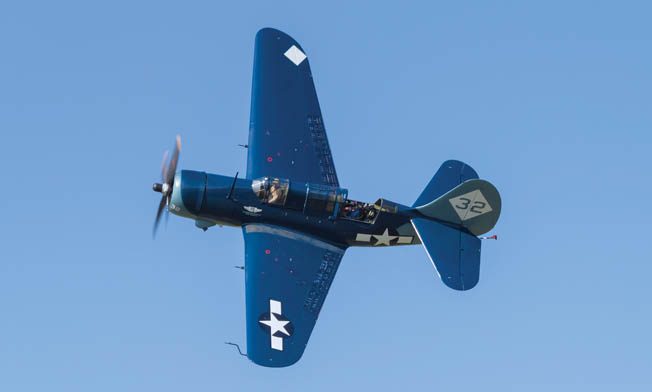
Official records credit the Helldiver with 18,808 combat sorties in the South Pacific. Helldivers are credited with sinking or helping to sink some 301 Japanese ships of all types. Radioman-gunners are credited with shooting down 41 Japanese aircraft, a figure that is almost certainly exaggerated. Some 271 Helldivers were lost to antiaircraft fire and 18 to Japanese fighters. It might be said of the Helldiver that it only reached full maturity, and was only fully finding its way, when the war ended. Helldivers were among the hundreds of warplanes that overflew the surrender ceremony on the battleship USS Missouri in Tokyo Bay on September 2, 1945.
Industry turned out 7,141 Helldivers, including SBF versions assembled by Fairchild and SBWs from Canadian Car & Foundry. The versions built in the largest numbers were the SB2C-1 (978), SB2C-2 (1,112), SB2C-4 (2,045), and SB2C-5 (970). The SB2C-5 model did not see combat.
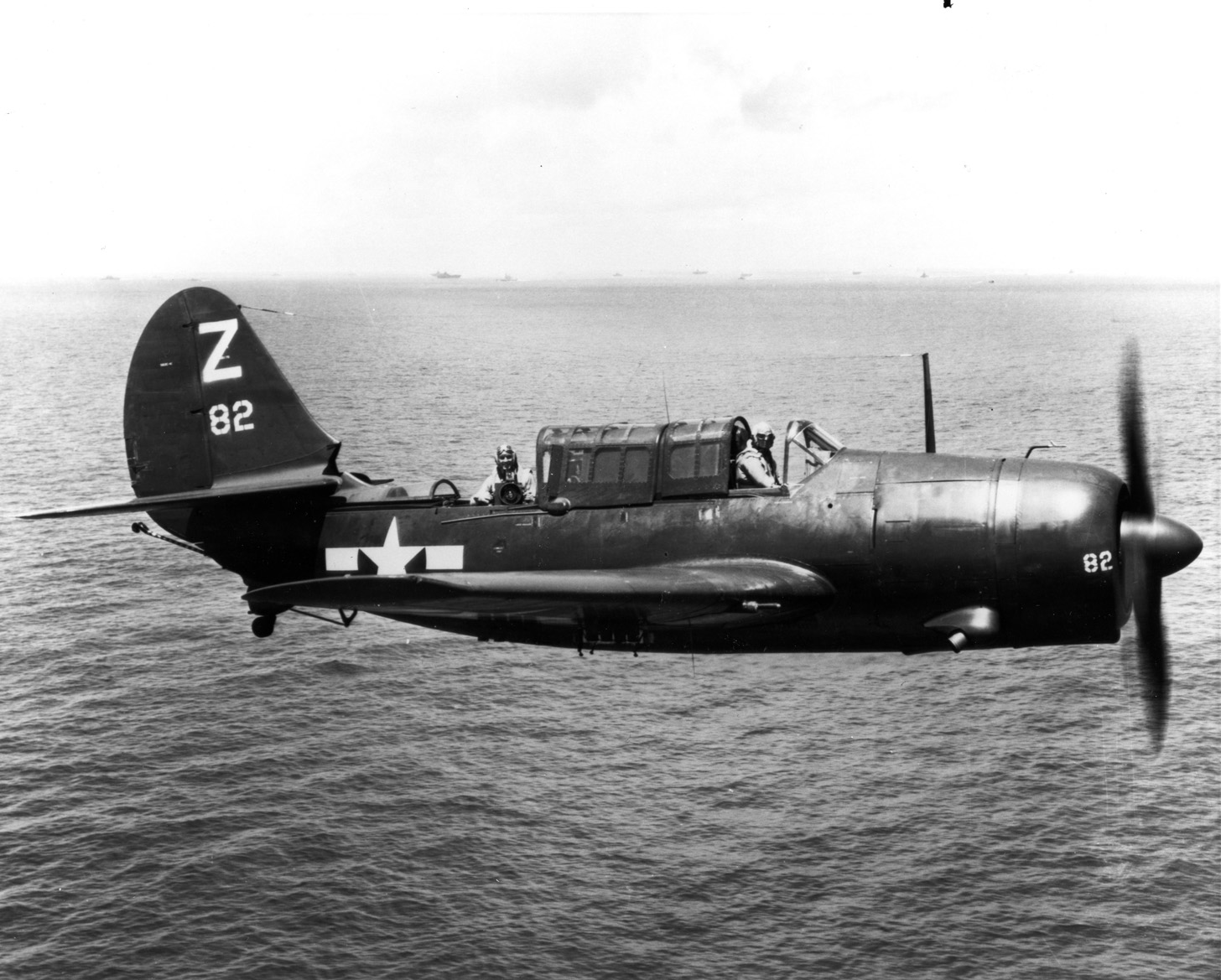
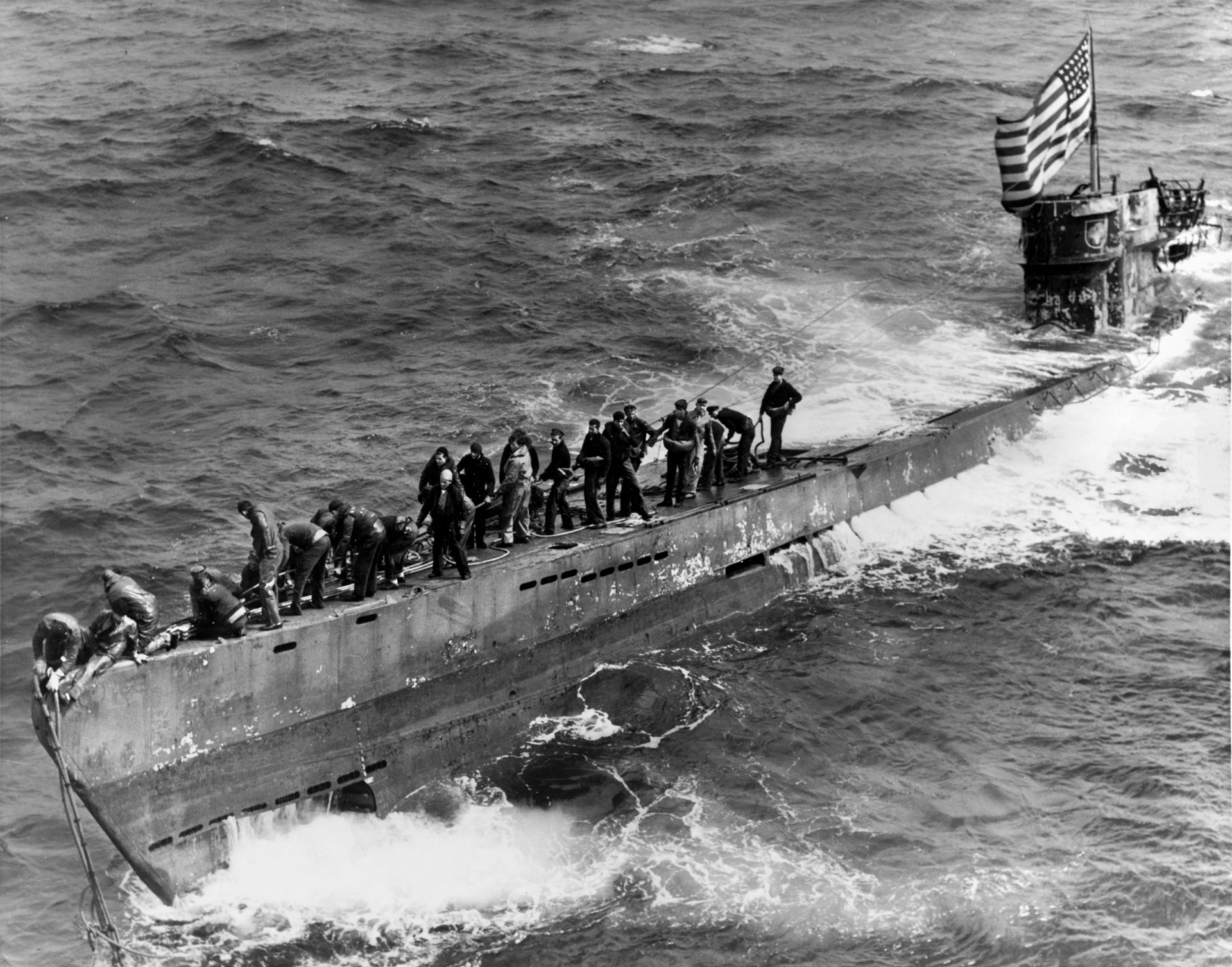
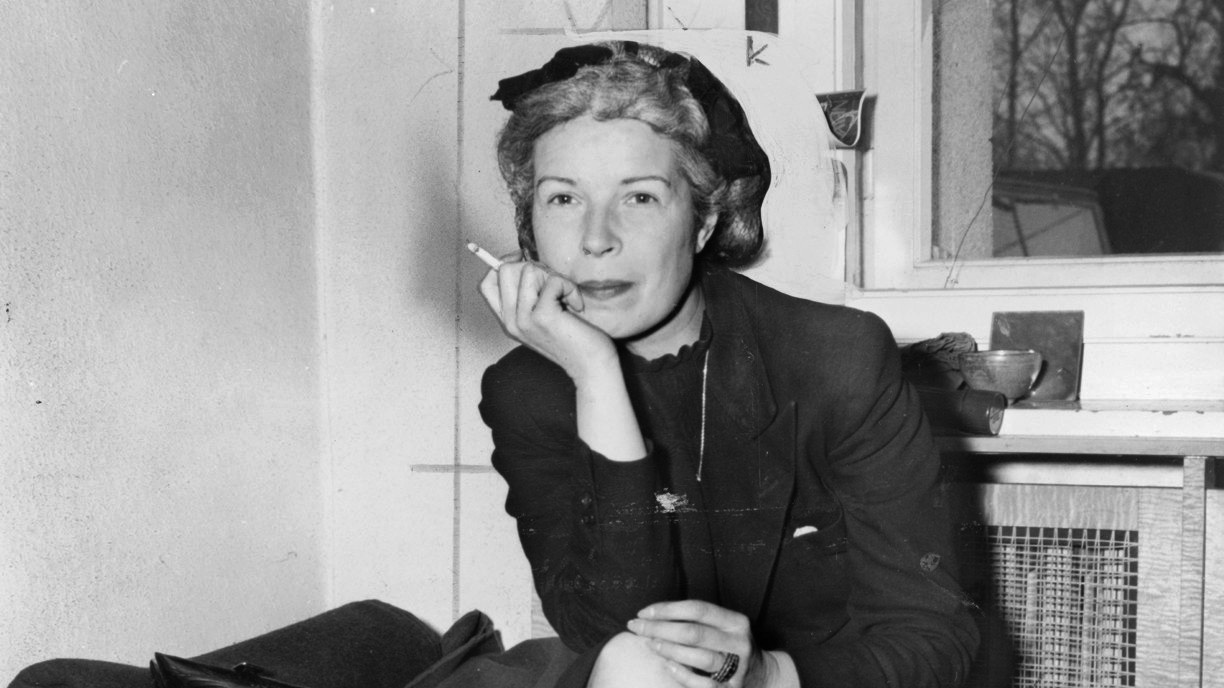
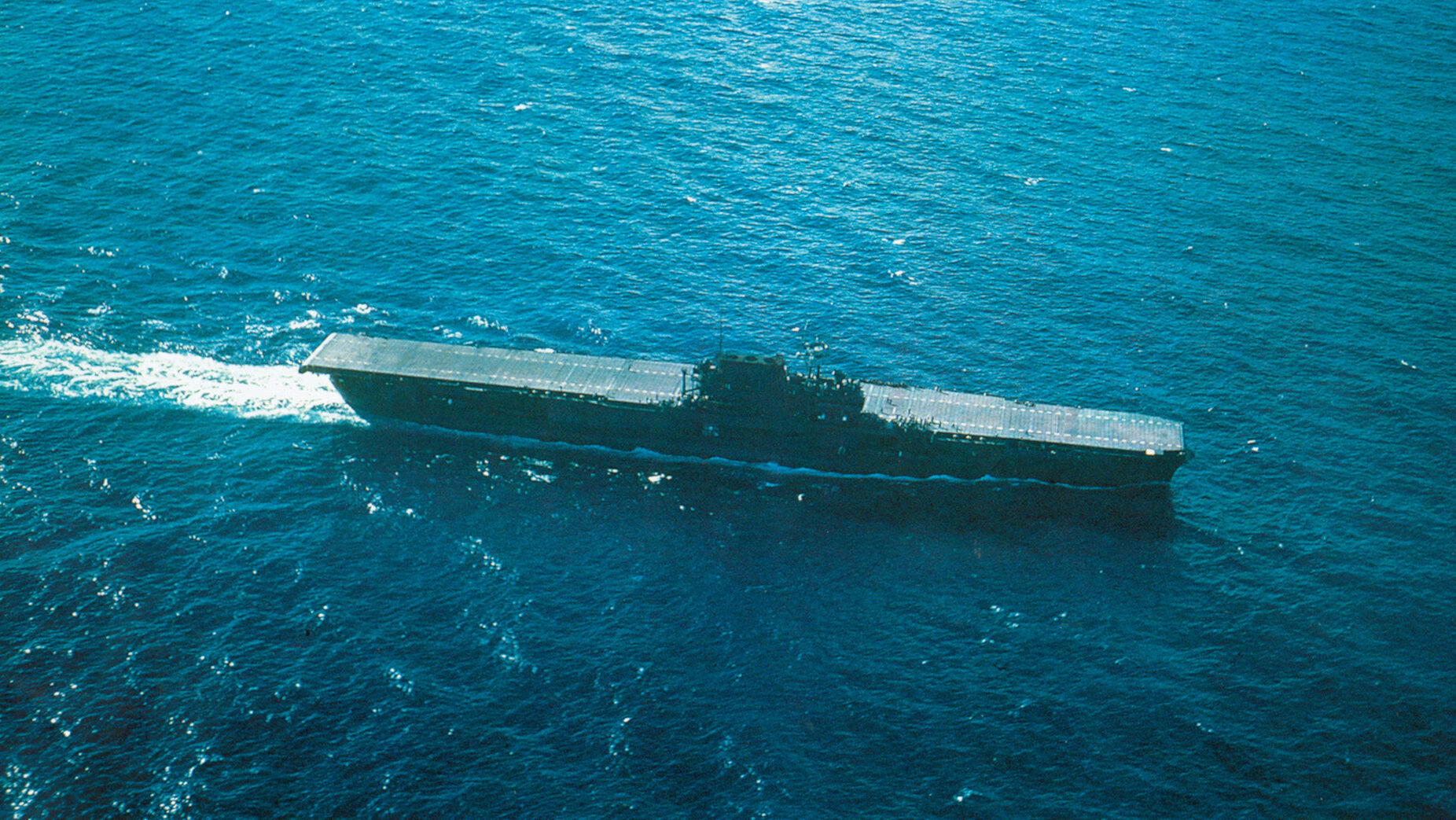
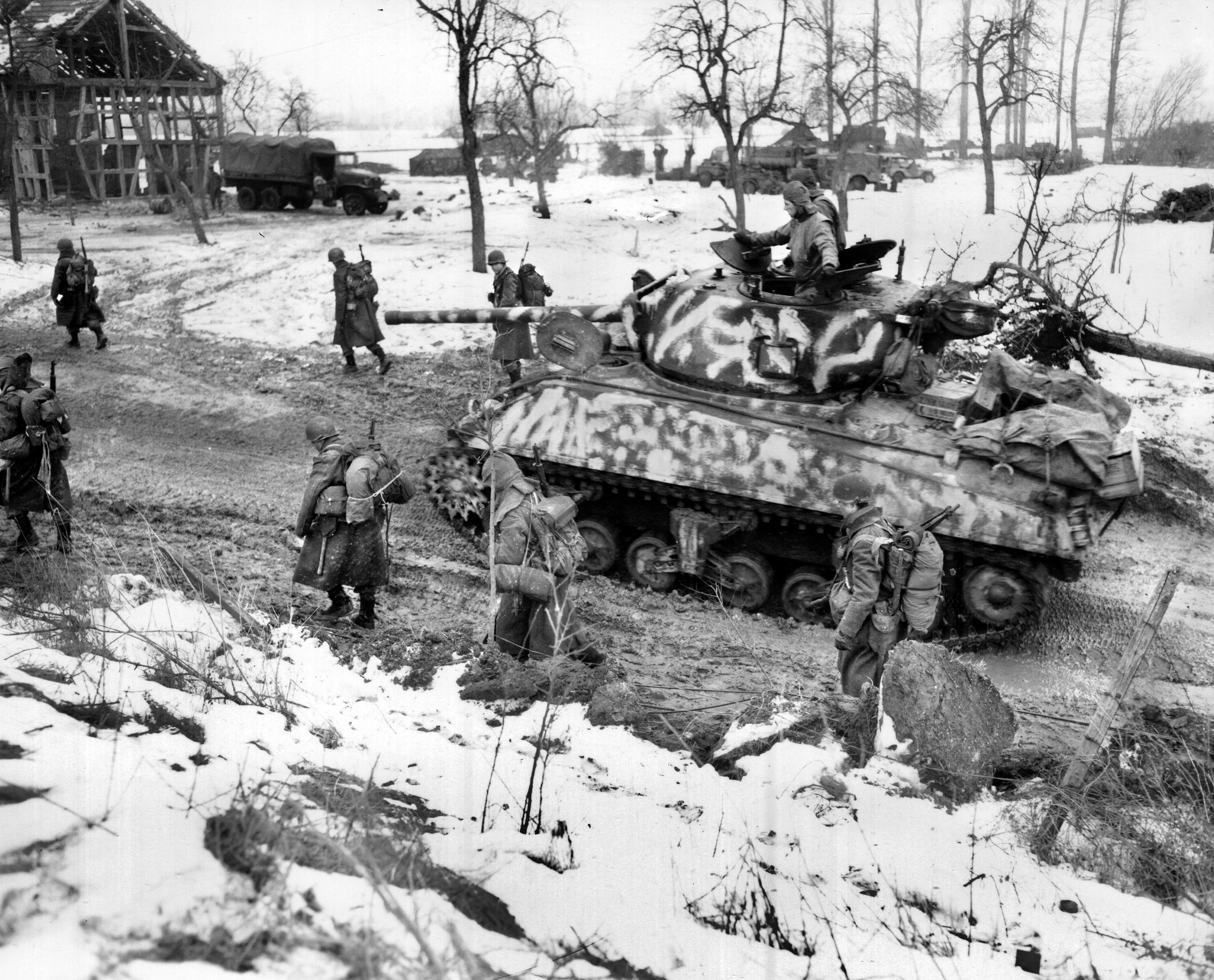
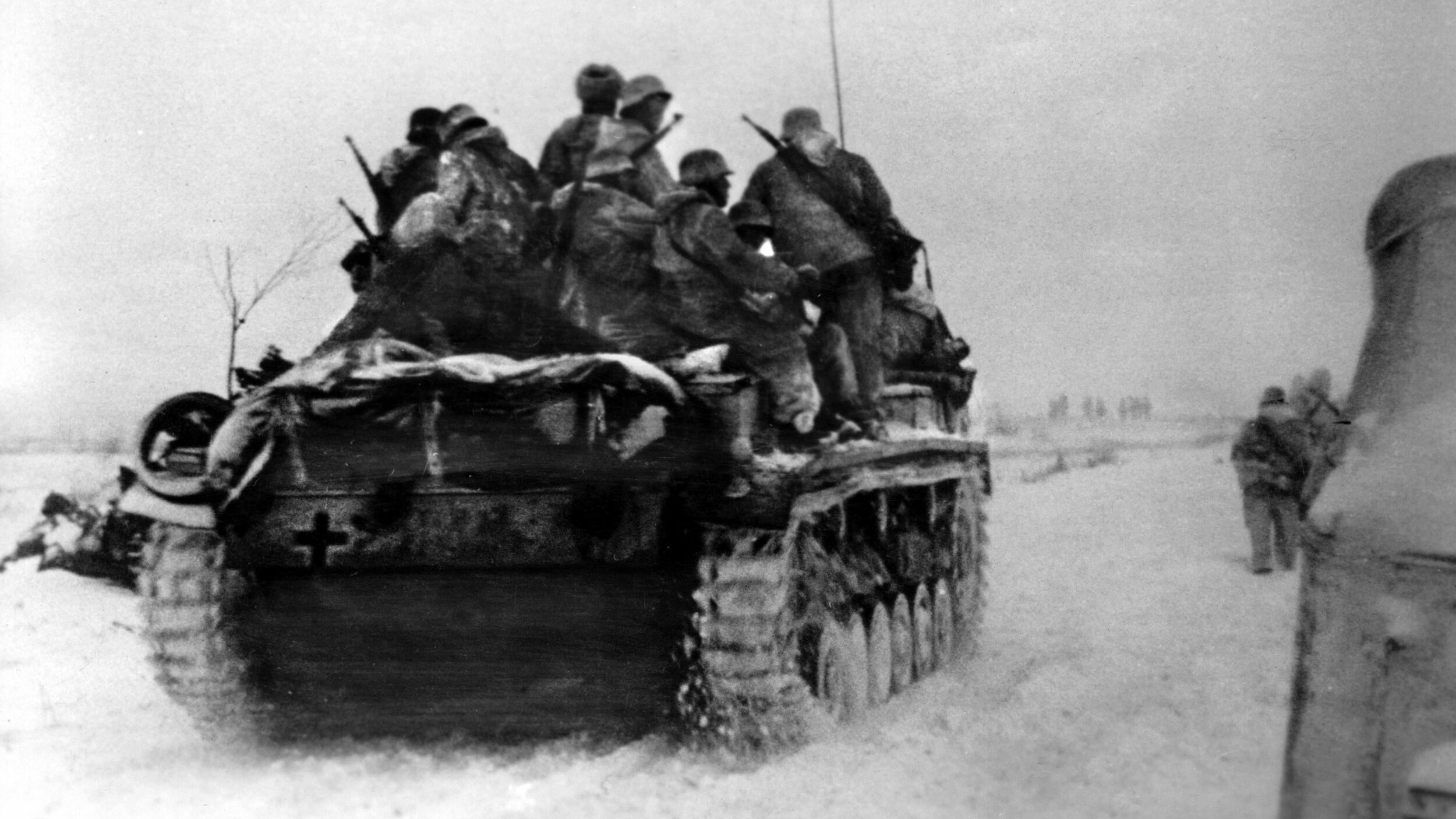
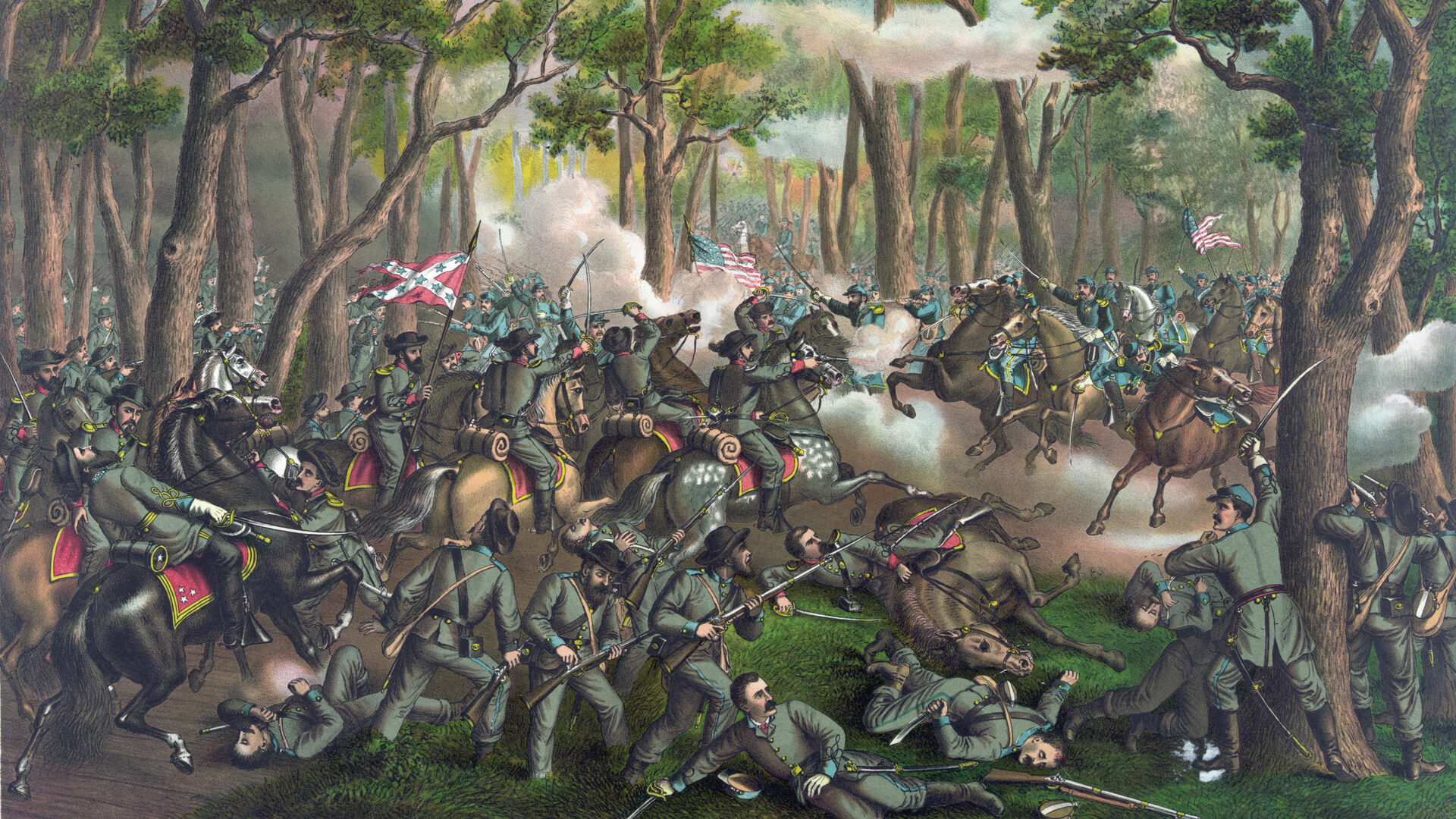
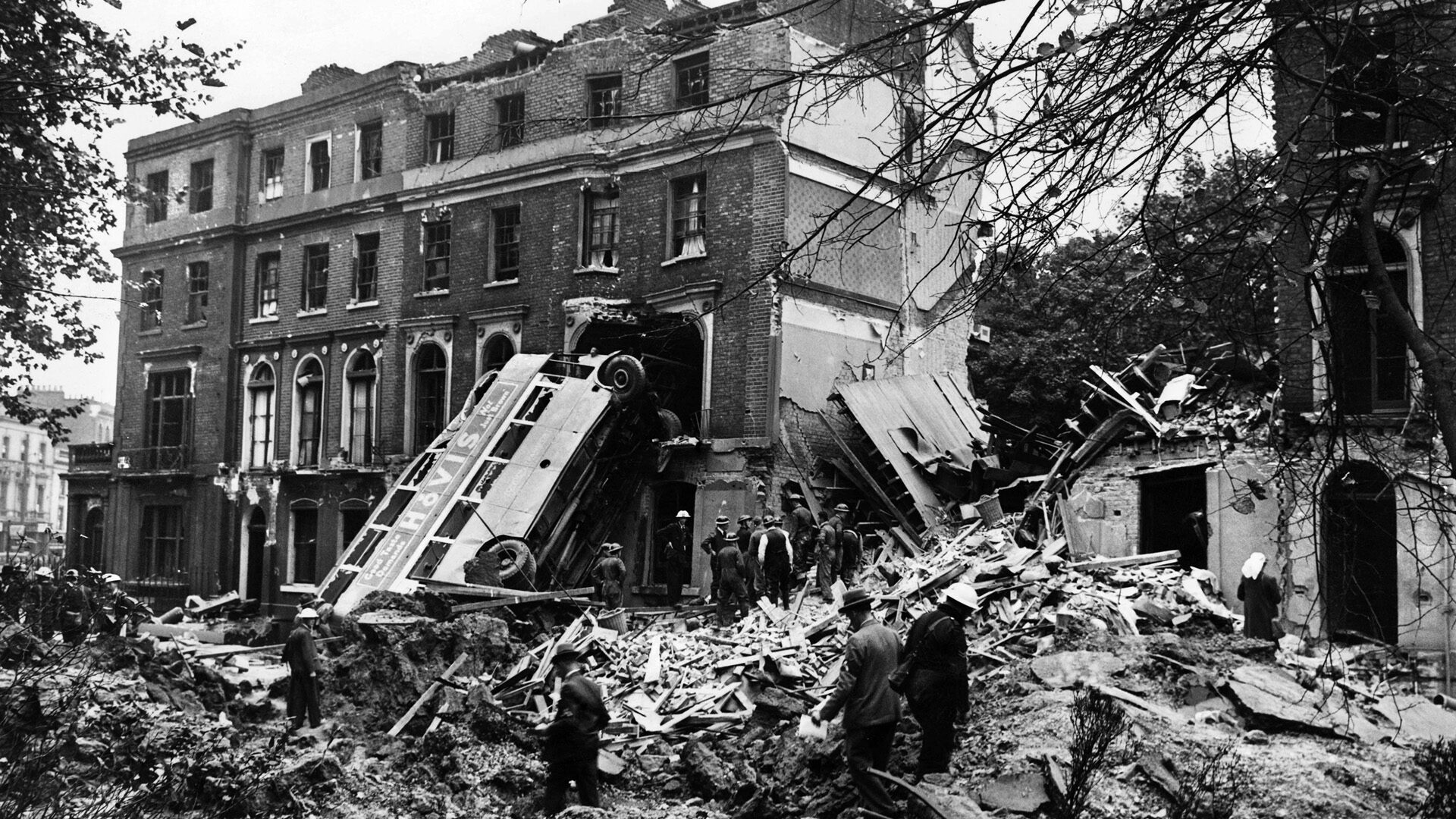
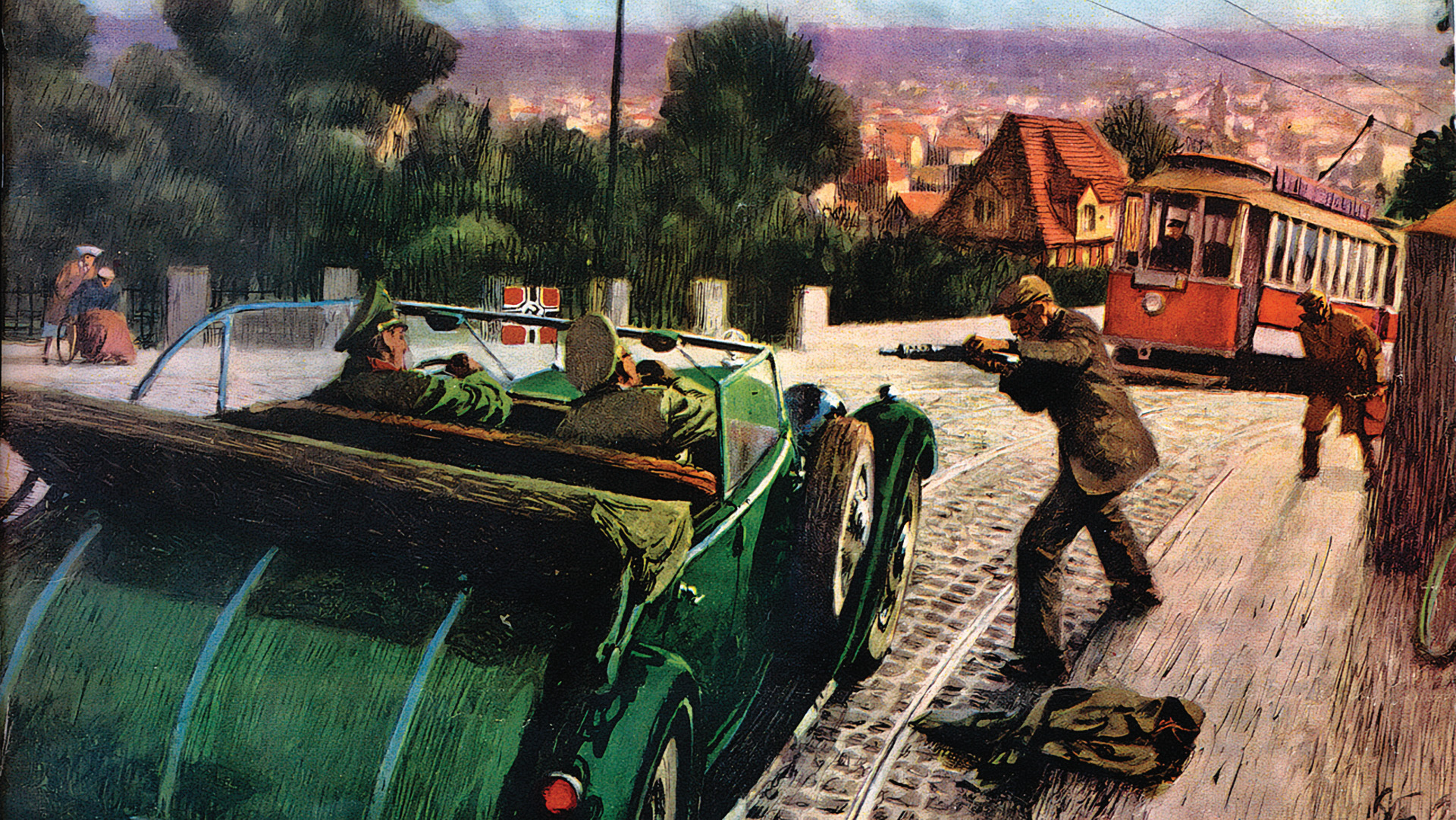
Minor note: There are no snow capped mountains in Eastern Luzon, especially in November.
As I was reading that I was like “snow capped mountains?”….my wife is Filipino and I asked her about that, she said only at Baguio was there any hint of snow, and that it was only “icy” as she said….I think the writer was going for a bit of dramatics in that part of the article….these writers can do better, c’mon man…?
My Uncle Donald flew the SB2C, awarded the Navy Cross and later was shot down whilst attempting to drop a bomb on the Japanese warship Yamato. Released from captivity in Japan, he led a wonderful life.
He really didn’t like flying that much, he said. But he did what he had to do.